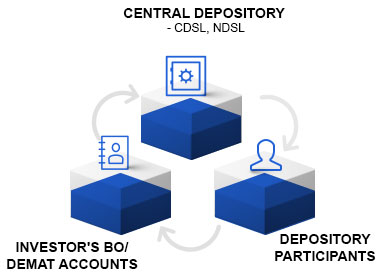
Table of Contents
What is a Chart of Accounts (COA)?
Chart of accounts meaning is defined as the index of all types of financial accounts drafted in the ledger of the organization. In simple words, the COA refers to the breakdown of the financial accounts and the latest monetary transactions that took place during a particular Accounting period. This information has to be classified into subcategories.

All types and sizes of businesses draft the COA to get their financial transactions organized in an appropriate way so that the shareholders, as well as other business associates involved in the organization, get a clear picture of the Financial Performance of the company. Basically, the companies create separate accounts for assets, liabilities, expenses, and revenues of the company for the financial year. This is done to ensure that the financial statements of the organizations comply with the company’s reporting standards.
How do the Charts of Account Work?
The list of the financial accounts owned and managed by the organization will be displayed in a specific order, in which these accounts are presented in the financial statements. In other words, the companies arrange the accounts of assets and liabilities, the equities owned by the shareholders, and the Balance Sheet first, and then the expenses and revenue accounts. The asset section includes all the fixed and variable assets the company owns. It shows the current cash balance, Savings Account, buildings, plant, machinery, vehicles, prepaid insurance, accounts Receivables, and more. Under the liabilities section, the company lists the payroll liabilities, accounts payable, accrued liabilities, and notes payable.
Talk to our investment specialist
There can be several charts of accounts, especially if the company has been operating for several years. In order to make it simpler for the audience to find the right COA, the owner puts the name tag, a short description, and the identification code. You can also relate the charts of accounts to your personal finances to get a better understanding of how it works.
Suppose you have a savings account, a current account, and a Fixed Deposit at one Bank. To get a clear overview of the balance in these accounts, you will be asked to visit the online banking website. Alternatively, you could use just about any type of online account management software apps to gather the details of your accounts in a single place. All your assets, liabilities, revenues, and expenses will be listed on a single centralized system, giving you a clear view of your balance in each account.
Dividing Financial Accounts into Different Categories
As mentioned earlier, the financial accounts can be further broken down into subcategories. Take the revenues and expenses, for example. The revenues earned by a company can be divided into operating revenues, non-operating revenues, operating expenses, and more. The company can decide to organize the operating revenues by dividing them into a few more categories. The format of the charts of accounts could differ depending on the operations of the company. However, it is important that the companies follow the instructions and guidelines of the GAAP (Generally Accepted accounting principles) while drafting the COA.
All efforts have been made to ensure the information provided here is accurate. However, no guarantees are made regarding correctness of data. Please verify with scheme information document before making any investment.












